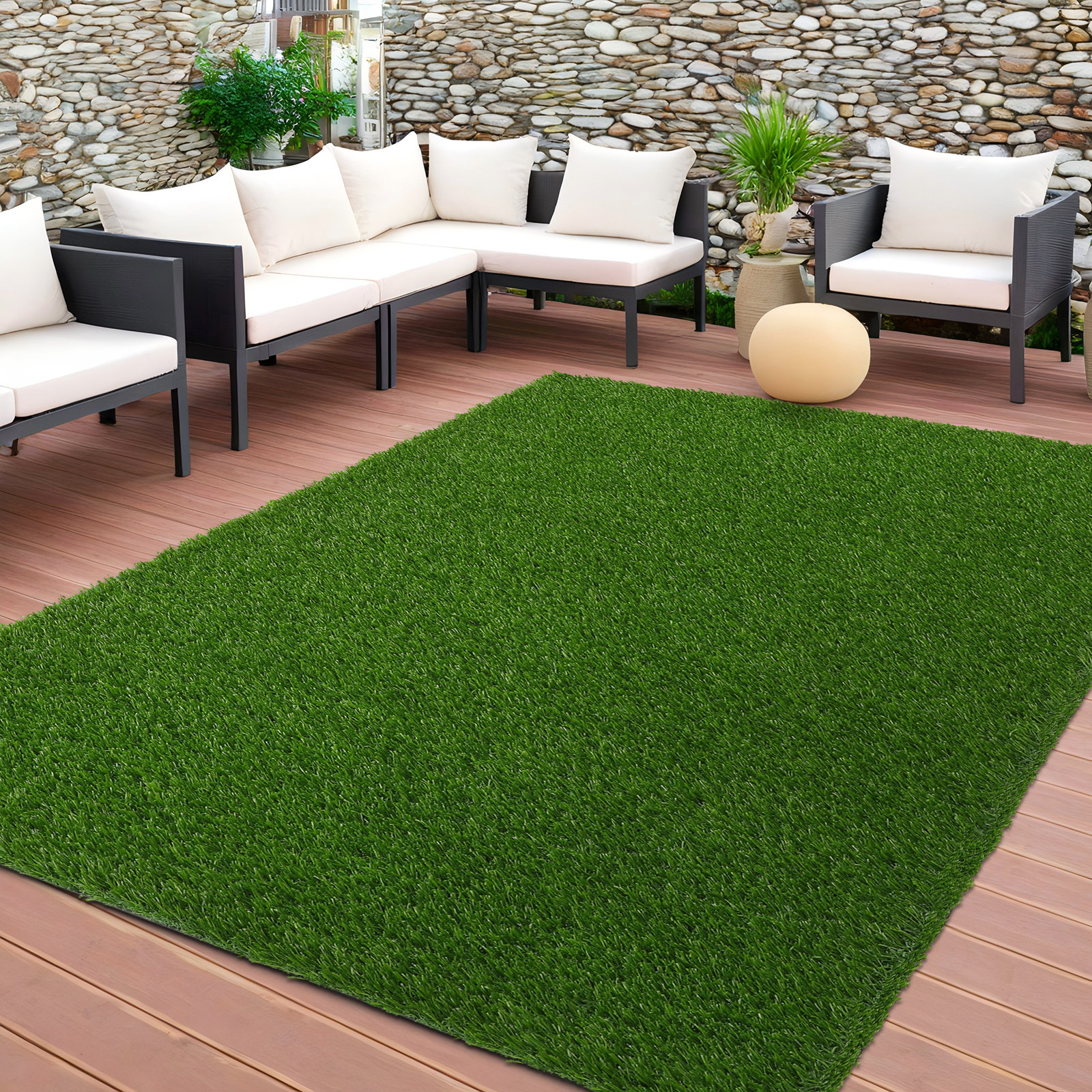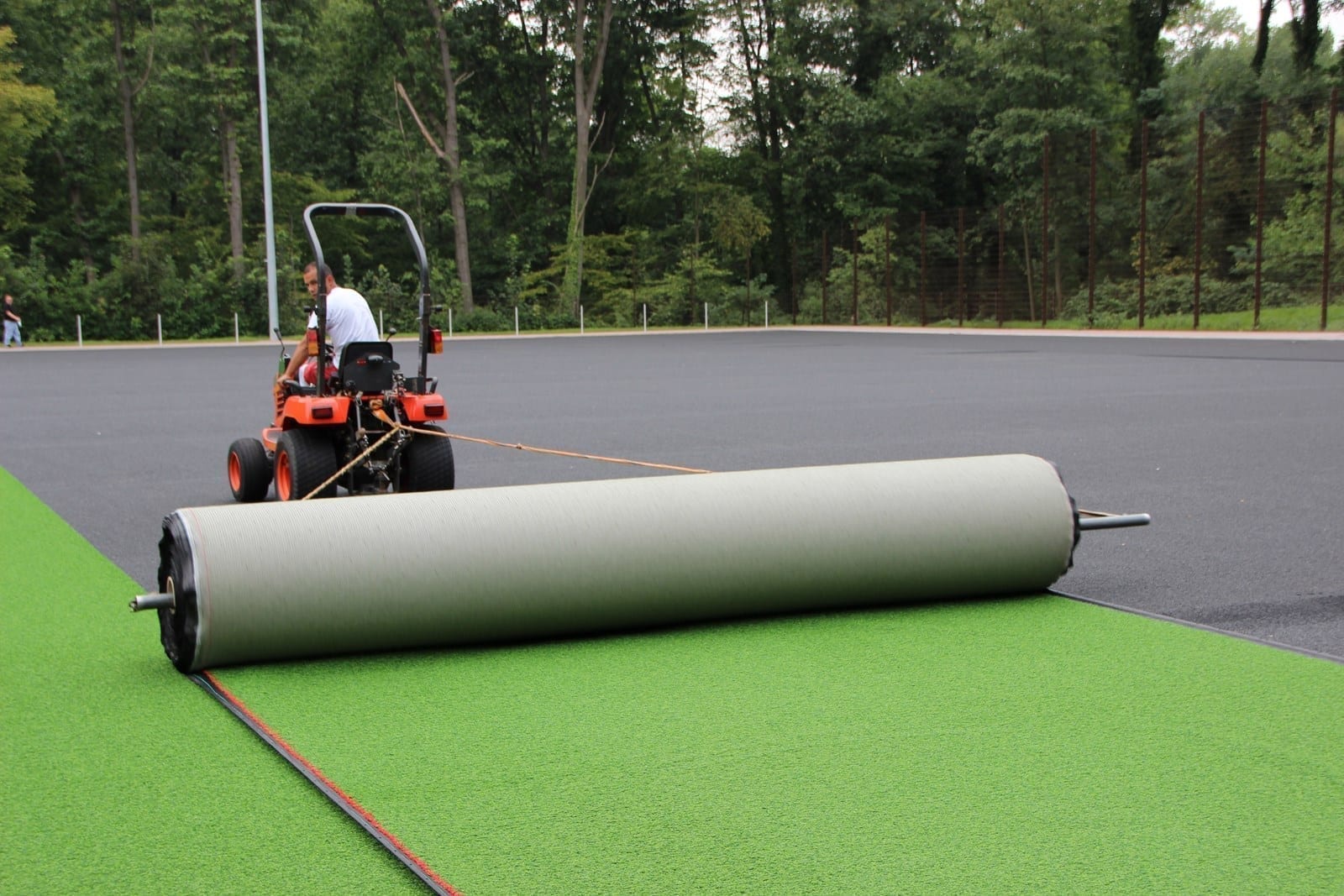Upgrade Your Yard with Expert Turf Installation Phoenix AZ Solutions
Upgrade Your Yard with Expert Turf Installation Phoenix AZ Solutions
Blog Article
Look Into the Environmental Conveniences of Opting for Synthetic Grass Solutions
The adoption of fabricated turf solutions presents a compelling opportunity to deal with pressing environmental difficulties. By dramatically reducing water usage and minimizing the application of dangerous chemicals, these choices not just advertise lasting landscape design yet additionally shield neighborhood ecological communities.
Water Preservation Benefits
One of the most considerable advantages of artificial lawn is its capability to conserve water. In comparison, man-made turf does not need watering, considerably decreasing the general demand for water resources.
By removing the requirement for routine watering, synthetic grass adds to sustainable landscape practices and helps mitigate the ecological effect of too much water consumption. The conservation of water prolongs to the decrease of drainage, which can lead to soil erosion and river air pollution.
Additionally, the setup of artificial turf enables districts and property owners to assign water resources more effectively, concentrating on crucial uses such as drinking water and agriculture. The shift in the direction of fabricated turf not only promotes responsible water usage however additionally straightens with broader environmental goals targeted at preserving natural resources.
As neighborhoods progressively prioritize sustainability, the water conservation benefits of man-made turf present a compelling case for its adoption in domestic and industrial landscape design projects.
Minimized Chemical Use
The transition to man-made grass substantially reduces the dependence on chemical treatments generally utilized in natural grass maintenance. Typical turf administration commonly includes the application of herbicides, fertilizers, and chemicals to advertise growth and control insects. These chemicals can position risks to human wellness, regional wildlife, and the environment, adding to soil and water contamination.
In contrast, man-made lawn gets rid of the demand for these dangerous substances. By lessening the release of synthetic substances into the environment, artificial grass advertises healthier soil and water systems.
In addition, the absence of chemical overflow connected with synthetic grass installments helps secure neighborhood waterways from contamination, sustaining water life and preserving biodiversity. Turf installation phoenix az. As neighborhoods significantly prioritize sustainable methods, selecting artificial grass provides a sensible solution that aligns with environmental preservation objectives. Via this change, homeowner can enjoy lush eco-friendly areas without endangering eco-friendly wellness, leading the way for a much more sustainable future
Reduced Carbon Impact

In addition, the installment of synthetic grass can result in substantial water conservation. Natural yards call for significant quantities of water for watering, which not just includes in the original source the carbon footprint connected with water extraction and treatment but likewise strains regional water sources. On the other hand, synthetic grass needs minimal maintenance, requiring no watering, thus dramatically lowering water use and its linked power expenses.
Furthermore, the durability of man-made grass adds to its decreased carbon impact. With a lifespan of up to 15 years or more, the need for constant substitutes is reduced, leading to less waste and lower energy usage in manufacturing and disposing of traditional grass alternatives. Overall, synthetic grass offers a lasting choice for ecologically conscious landscape design.
Environment Preservation
Environment conservation is a vital consideration in the argument over landscape design selections, especially when comparing artificial lawn to natural grass. All-natural turf lawns often need substantial maintenance, consisting of using herbicides, plant foods, and pesticides, which can detrimentally influence neighborhood ecosystems. These chemicals can seep right into the dirt and rivers, damaging indigenous vegetation and animals and disrupting local environments.
Artificial lawn eliminates the requirement for harmful chemicals, thus securing neighboring wild animals and maintaining the stability of bordering ecosystems. The installment of synthetic grass can lead to the conversion of former grass areas right into more biodiverse landscapes, review such as pollinator gardens or native plant locations, which can sustain local wild animals.
Eventually, the shift to synthetic grass not just saves water and minimizes maintenance initiatives however additionally fosters a much more unified partnership between human tasks and the natural atmosphere, advertising environment conservation while doing so.
Long-Term Sustainability
Long-lasting sustainability is a vital factor in reviewing the benefits of synthetic grass over standard grass lawns. One of the most significant advantages of synthetic grass is its longevity; it can last approximately 15-20 years with minimal maintenance, whereas natural lawn calls for constant reseeding and replacement. This durability decreases the demand for continuous sources, such as water, plant foods, and chemicals, which are essential for keeping a healthy yard lawn.
Furthermore, artificial lawn contributes to a reduction in carbon discharges related to lawn care tools. Standard lawns often require gas-powered lawn mowers, trimmers, and blowers, all of which add to air pollution. Turf installation phoenix az. On the other hand, man-made lawn eliminates the demand for such tools, promoting a cleaner environment
Moreover, the production of man-made grass increasingly makes use of recycled products, improving its sustainability profile. As producers take on environmentally friendly methods, the ecological impact of man-made grass continues to diminish.

Final Thought
The adoption of fabricated turf solutions provides substantial environmental advantages, including substantial water conservation, decreased dependence on damaging chemicals, and a lower carbon impact. Moreover, fabricated turf help in protecting natural environments by reducing land disruption and advertising long-lasting sustainability through the usage of durable products. Collectively, these factors highlight the capacity of man-made grass to add positively to ecological health and offer a sensible choice to traditional landscaping techniques in a significantly resource-conscious world.
In contrast, fabricated lawn does not need watering, considerably lowering the overall demand for water resources. By reducing the release of artificial compounds into the ecological community, man-made turf advertises healthier dirt and water systems.
In addition, the installment of artificial lawn can result in considerable water preservation. In comparison, man-made lawn requires marginal maintenance, needing no watering, consequently considerably decreasing water use and its linked energy costs.

Report this page